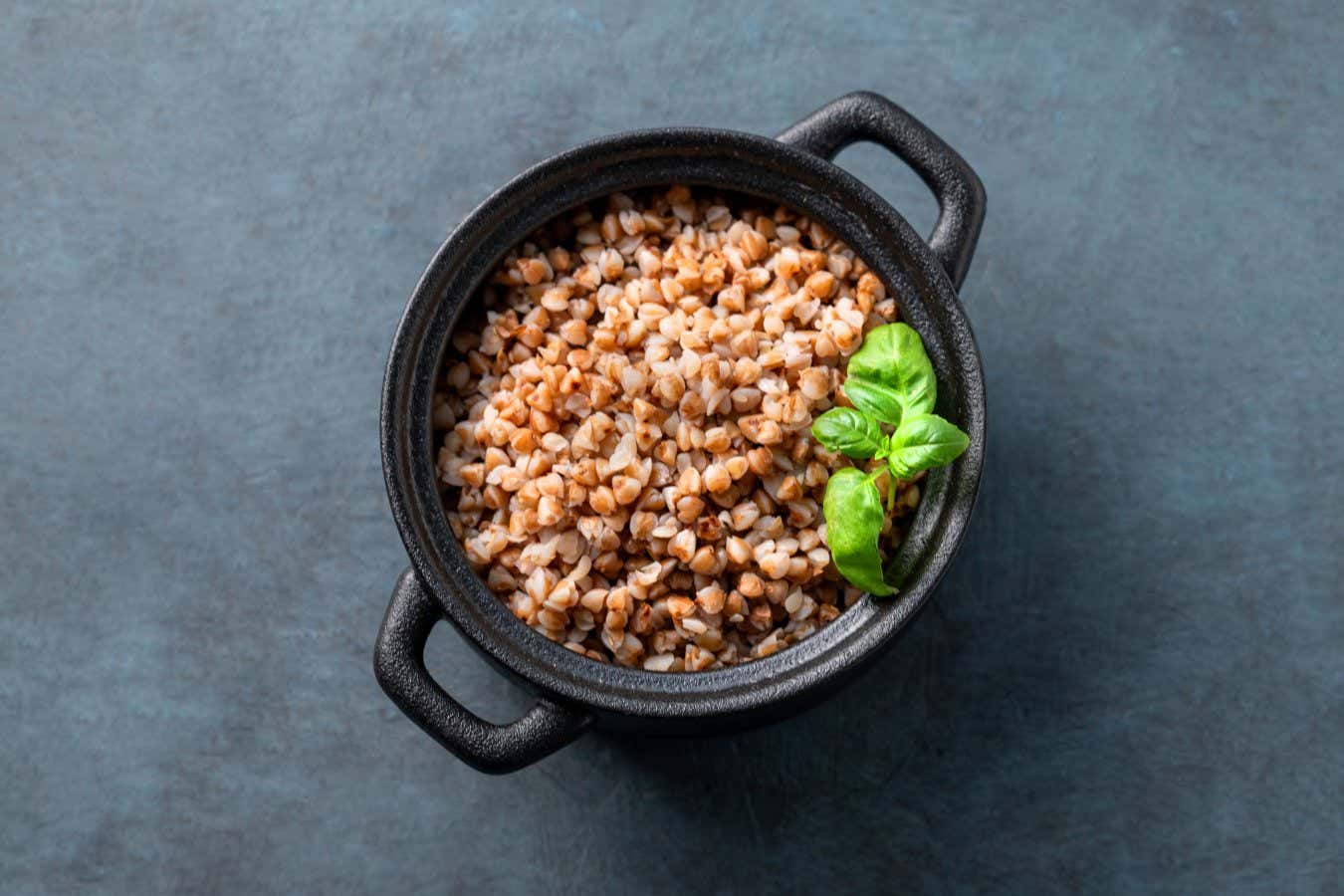Foods like goat or sheep milk and buckwheat are behind many cases of severe allergic reactions, but may not be listed as such on a product’s label
By Christa Lesté-Lasserre
20 August 2025
Buckwheat seems to be a key cause of severe food allergies
Shutterstock/Buntovskikh Olga
Around one in seven cases of life-threatening allergic reactions seem to be caused by foods not typically labelled as potential allergens on a product’s packaging, prompting researchers to argue policies around this need to change.
Food allergies are becoming more common, but many official allergen lists have not been updated in years. For instance, the European Union’s mandatory labelling of foods list states the presence of 14 food allergens, like peanuts and soya, must be made clear on products, but is based on data from 2011.
Read more
The new drugs preventing allergic reactions to peanuts and other foods
Advertisement
To understand the lesser-known triggers, Dominique Sabouraud-Leclerc at Centre Hospitalier Universitaire de Reims in France and her colleagues analysed 2999 cases of food-induced anaphylaxis – a life-threatening reaction – voluntarily reported by doctors to the Allergy-Vigilance Network, which collects data from French-speaking countries, between 2002 and 2023.
They were specifically looking for emerging food allergens, which they defined as any foods that were not on the European mandatory labelling list, but which were individually responsible for at least 1 per cent of cases.
The team found goat or sheep milk and buckwheat triggered 2.8 and 2.4 per cent of cases, respectively. These were followed by peas and lentils, alpha-gal – a sugar that can trigger an allergy to red meat and other mammalian products – pine nuts and kiwi, which each set off between 1 and 2 per cent of incidences. Apples and beehive products like edible pollen, honey and royal jelly caused 1 per cent of cases.
